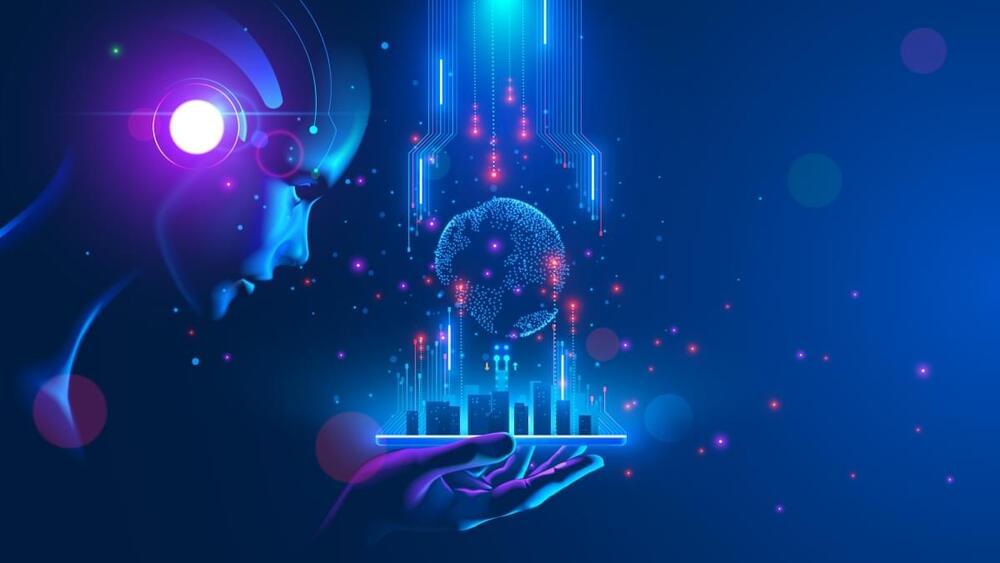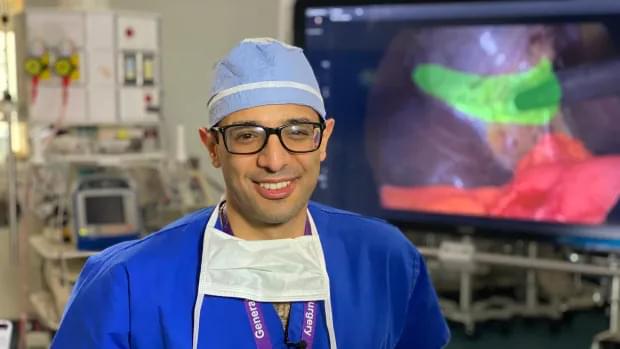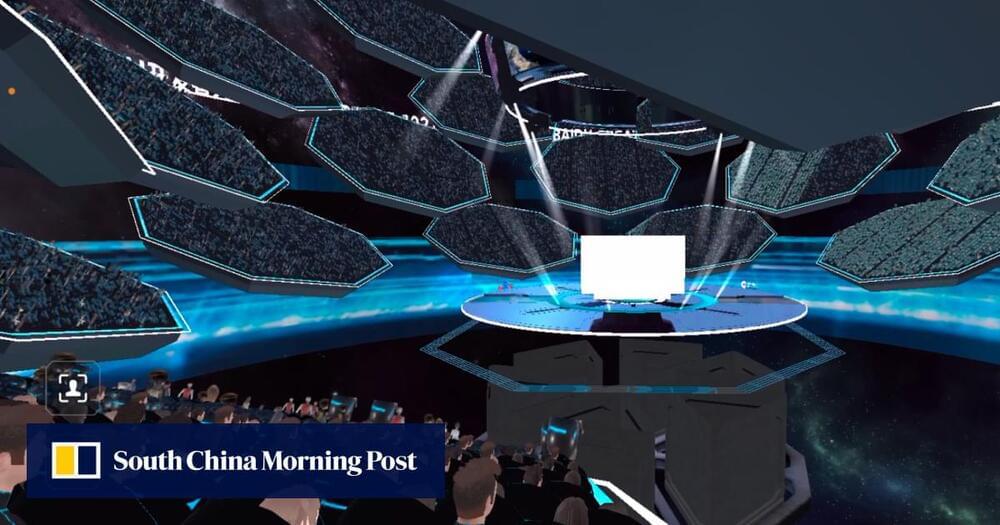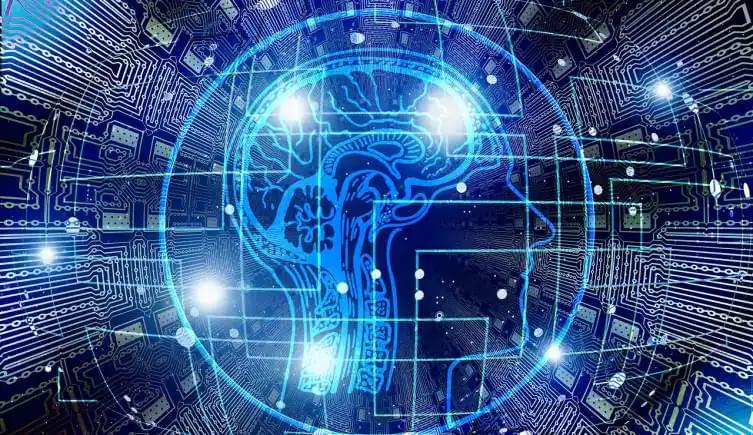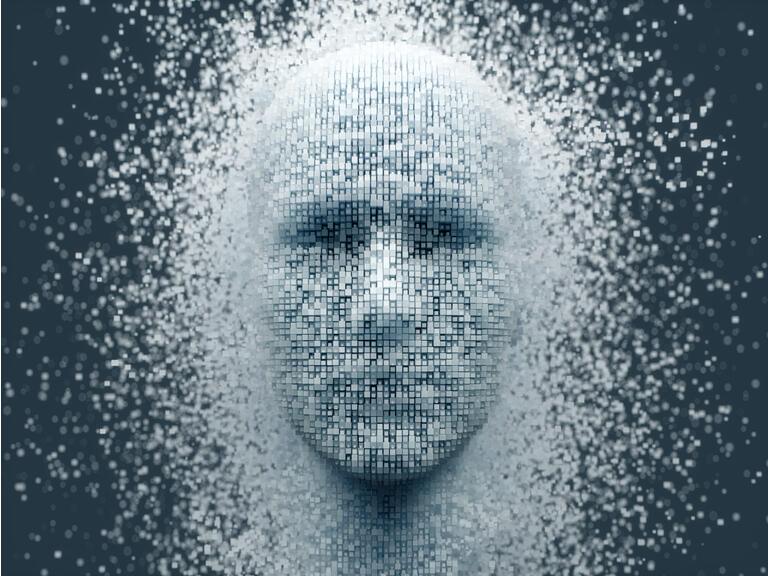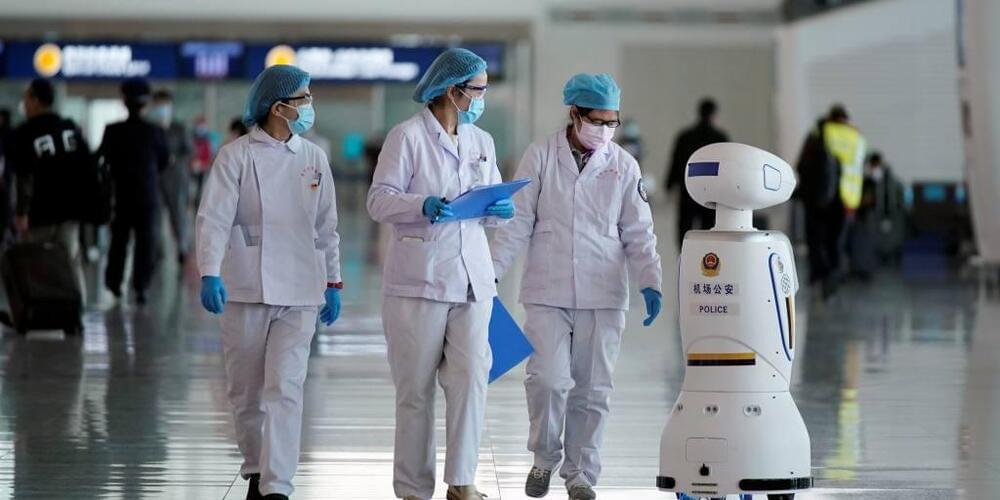You are on the PRO Robots channel and in this video we present to you the news digest for December 2021. New robots, the most realistic humanoid robot in the world, luxury flying cars of the future, xenobots — nanorobots that have learned to reproduce, nanochip for reprogramming living matter, drones with legs, universal robots, robotic cleaners, flying humanoids, Neuralink chip testing on people, new smart augmented reality glasses, the launch of the telescope, which will tell about the evolution of the universe, and much more in one release! All the most interesting high-tech news for December in one release. Watch the video till the end and write in comments, which news interested you most of all? And what areas of science and technology we should cover in the next issues?
More interesting and useful content:
✅ Elon Musk Innovation https://www.youtube.com/playlist?list=PLcyYMmVvkTuQ-8LO6CwGWbSCpWI2jJqCQ
✅Future Technologies Reviews https://www.youtube.com/playlist?list=PLcyYMmVvkTuTgL98RdT8-z-9a2CGeoBQF
✅ Technology news.
https://www.facebook.com/PRO.Robots.Info.
#prorobots #technology #roboticsnews.
PRO Robots is not just a channel about robots and future technologies, we are interested in science, technology, new technologies and robotics in all its manifestations, science news, technology news today, science and technology news 2021, so that in the future it will be possible to expand future release topics. Today, our vlog just talks about complex things, follows the tech news, makes reviews of exhibitions, conferences and events, where the main characters are best robots in the world! Subscribe to the channel, like the video and join us!
✅ Instagram: https://www.instagram.com/pro_robots.
